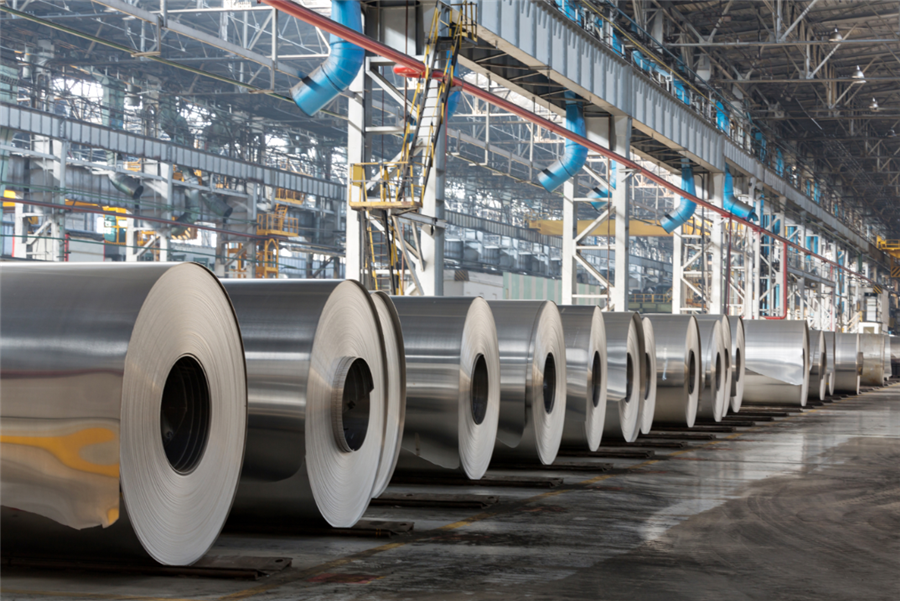
Alcoa Corp. Chief Executive Officer Roy Harvey isn’t ready to declare that the world is on the road to recovery yet.
Speaking at a virtual metals and mining conference, the head of the aluminum producer said there remains too much uncertainty in global economies to feel comfortable saying the situation is improving from the coronavirus crisis. Aluminum gluts are now growing outside China, which Harvey said is already oversupplied, and this will further weigh on prices.
The “industry is right now producing more aluminum than it needs,” Harvey said at the conference
“I don’t think we’ve yet got the clarity, nor do we have the orders on the books, to signal that there is a definitive recovery coming,” he said. “I don’t think that represents the fact that nobody plans to restart, I think that represents the fact that there is not yet certainty that that restart is going to happen.”
Harvey’s comments come as countries move toward relaxing lockdowns and investors try to gauge how long it will take economies to recover. Stan Druckenmiller said this week that the economic effects of the coronavirus are likely to be long-lasting, calling the notion of a V-shaped recovery — the idea the economy will quickly snap back as the pandemic eases — a “fantasy.”
Alcoa last month announced it would curtail production at one of its U.S. plants, marking the first major regional move to cut aluminum production. The company also pulled its market outlook, saying the extent and duration of the pandemic is unknown.
The “industry is right now producing more aluminum than it needs,” Harvey said at the conference, sponsored by Bank of America Corp. He said there needs to be a “clear call for action” among global aluminum producers to cut capacity.
Harvey said he’s not seeing signs of a global recovery yet, even as China, the biggest consumer of industrial metals, is working to restore operations. He said the Asian nation’s slowdown in the first quarter because of the health crisis spurred an increase in inventories of 2 million metric tons, and there’s been a drawdown of about 400,000 to 500,000 tons as it returns to work.
Alcoa Chief Financial Officer Bill Oplinger said in the presentation that the company’s run rate has dropped to about 45% from a prior level of about 55%.
“I think we’ll need to watch what happens in each of the states in the U.S. and each of the countries and jurisdictions in Europe,” Harvey said. “We really need to watch to see how those back-to-work plans sort of come to fruition.”
(By Joe Deaux, with assistance from Katherine Burton)
Comments
Andrés sorribes
Slow recovery surely because there’s no vacune and asymetric distribution ( and recovery) from virus in countries , w shape ?